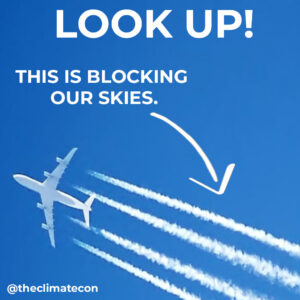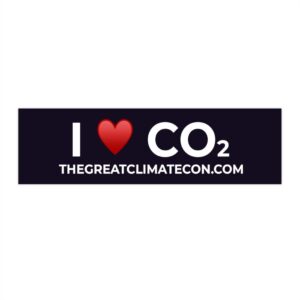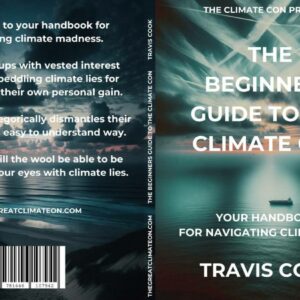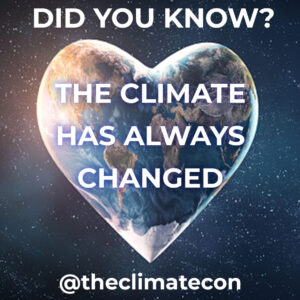Eating Meat Is Good For The Planet - Here's Why
Sorry, (not sorry) vegans and climate alarmists, might want to sit this one out as we dive into the most amazing food source on the planet – meat!
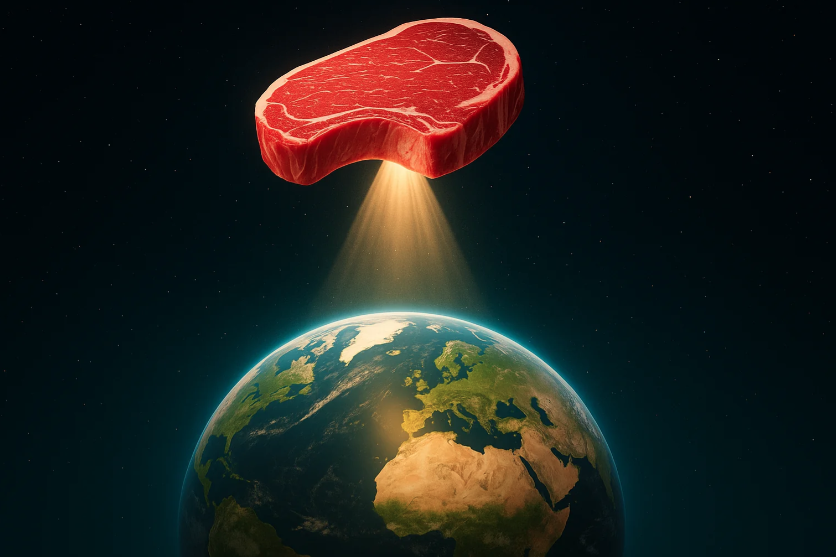
Why Eating Meat Could Be the Ultimate Act of Planetary Stewardship
No food source on the planet has been the target of such demonisation as meat. Particularly cows. Why could that be, why would the proponents of The Climate Con be looking to attack this food source specifically whilst pushing for plant and bug based diets? In this article we will explain why eating meat is good for you, society and the planet. Hold on tight because this never discussed before talking point might blow your mind considering how nearly everywhere you look we are being told cows are destroying the planet and eating them is basically committing collective suicide.
Rethinking the “Cow-Burpocalypse”
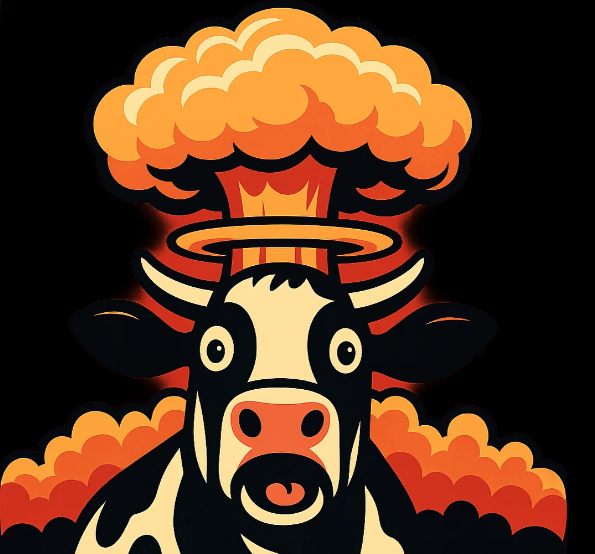
Nature’s Carbon Recycler: The Biogenic Carbon Cycle

- Grass Uptake: Every blade of grass is a miniature CO2-processing powerhouse, with chloroplasts acting like tiny green vacuums that eagerly suck up carbon dioxide from the atmosphere. Through photosynthesis, grasses convert CO2—the gas of life—into energy-rich sugars, fuelling lush growth that forms the foundation of pasture ecosystems.
Rumen Remix: Inside the cow’s multi-chambered stomach, a microbial symphony ferments plant material, transforming grasses into nutrient-dense meat and milk while releasing methane (CH4). Crucially, this methane isn’t “new” carbon—it’s repackaged from the CO2 that grasses absorbed during photosynthesis. The rumen’s microbes break down cellulose, a feat humans can’t replicate, upcycling inedible plants into bioavailable protein
Atmospheric Turnover: Methane from cows has a brief atmospheric cameo, with a half-life of about 9–12 years, compared to the centuries or millennia it takes for fossil-fuel-derived CO2 to cycle out. Once released, methane oxidises into CO2 and water, rejoining the biogenic carbon cycle where plants eagerly absorb it
Photosynthetic Payoff: When methane oxidises in the atmosphere, it transforms into CO2, which returns to Earth—sometimes literally through rainfall—to stimulate the next wave of grass growth. This photosynthetic payoff completes the biogenic carbon cycle, ensuring no carbon is “lost” but rather recycled in a continuous loop. Grasses, powered by CO2’s life-giving properties, absorb this carbon to grow denser and lusher.
This closed-loop system is why well-managed grazing can be nearly carbon-neutral—and why you might actually want a herd on your land.
Harbingers of Hope: How Cows Regenerate Land
Managed grazing is regenerative. Think of cows as living mulch-makers. The tired claim that cows “destroy the land” is a gross distortion of reality. Far from harming the planet, properly managed cattle are ecological superheroes, regenerating degraded soils and breathing life into landscapes. Regenerative grazing mimics the ancient migrations of bison and wildebeest, creating thriving ecosystems where industrial agriculture leaves scars.
Root Stimulation: A good bite from a cow does wonders for grasslands, far beyond what any lawnmower could achieve. When cattle graze, they stimulate grasses to grow denser, sending roots deeper into the soil, which enhances ground quality and ecosystem resilience
Soil Builders: As cows move across pastures, their hooves churn the earth, mixing organic matter like plant debris and manure into the soil’s top layers. This natural tillage improves water infiltration, allowing rainfall to penetrate deeply rather than run off, which reduces erosion and supports plant growth.
Natural Fertiliser: Cow manure is a powerhouse of fertility, delivering a rich blend of nitrogen, phosphorus, potassium, and microbial life directly to the soil—no synthetic chemicals needed. Each deposit enriches pastures, fuelling plant growth and fostering a vibrant underground microbiome that breaks down nutrients for grasses to absorb.
- Biodiversity boost: Well-managed pastures teem with insects, birds, and native plants, unlike the sterile monocultures of soy or corn. Cattle hooves aerate soil, promoting microbial life and water infiltration—benefits no tractor can replicate.
Across thousands of acres, rotational grazing turns degraded rangeland into velvet-green pastures.
Livestock: Upcycling Agricultural Waste into Nutritional Treasure
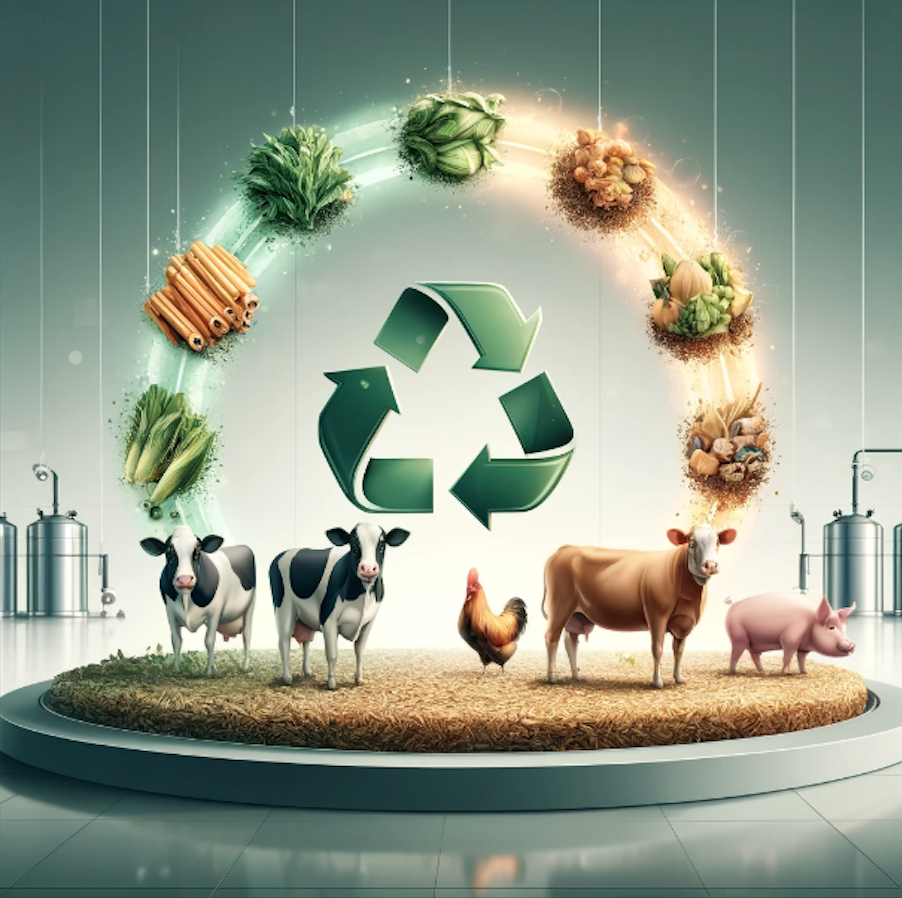
The plant-based crowd loves to ignore this inconvenient truth: about 84% of what livestock eat is inedible to humans. Cows, pigs, and chickens are nature’s ultimate upcyclers, transforming agricultural byproducts into nutrient-dense meat and dairy that fuel human health.
What they eat: Livestock consume almond hulls, brewer’s spent grain, beet pulp, citrus peels, cottonseed meal, and crop residues—materials that would otherwise rot in landfills, releasing methane without benefit. Cows turn this “waste” into high-quality protein, healthy fats, and bioavailable micronutrients.
Efficiency in action: This process maximises our food system’s efficiency, ensuring no scrap goes to waste. Without livestock, we’d need vast new farmlands to grow human-edible crops, destroying habitats and releasing stored soil carbon.
Meat vs. Monocrops: Exposing the Real Environmental Culprit
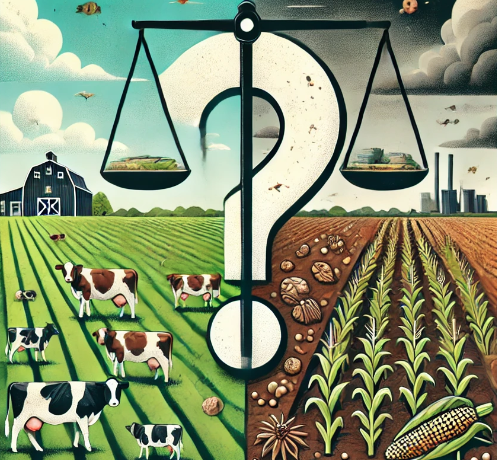
Monocrop destruction: Industrial crops rely on heavy pesticides and herbicides that poison pollinators, erode topsoil through constant tilling, and guzzle freshwater for irrigation. Vast farmlands replace forests and prairies, creating ecological dead zones and releasing stored soil carbon.
- Regenerative benefits: Grazing cattle build topsoil, sequester CO2, and support biodiversity. Pastures host vibrant ecosystems of grasses, insects, birds, and mammals, unlike the barren monotony of a 1,000-acre cornfield. Cattle fertilise naturally, reducing reliance on fossil fuel-intensive synthetic inputs.
Eat Meat, Celebrate CO2, Heal the Planet
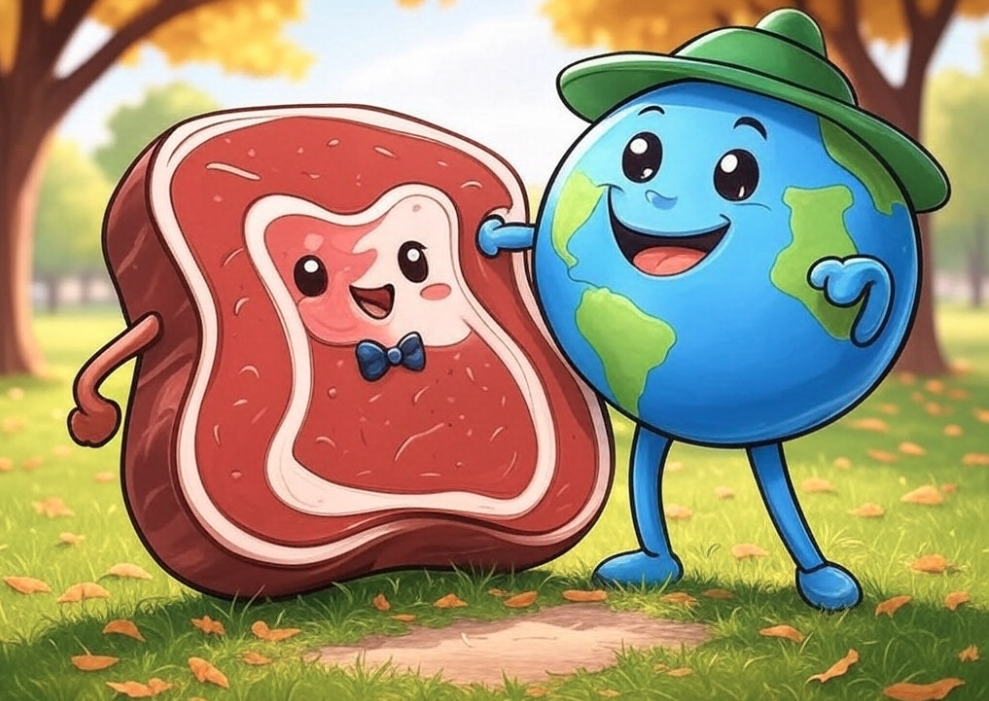
Continue Your Learning
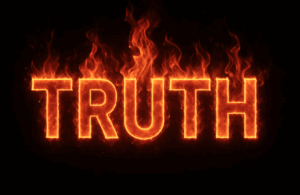
Climate Working Group Disbanded
Our enemies cannot handle a debate because the truth is too powerful. Instead, they do everything possible to silence opposition.
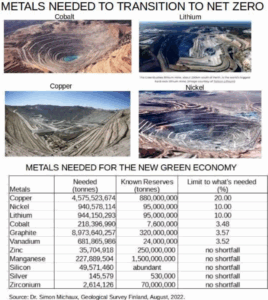
Net Zero Is Mathematically Impossible
Not only does net zero fail a logic test, it fails a maths test even more significantly. Numbers and facts don’t lie, no matter how loud the climate cult cry.
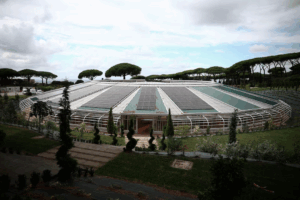
A Ridiculous Foray into Eco-Fantasy: The Vatican’s “Borgo Laudato Si” A New Climate Cult Centre
For some reason the pope is joining the ranks of the climate cult and is opening a new eco centre to supposedly inspire others to join the climate cult.

Net Zero Banking Alliance Defeated
The net zero banking alliance all but admits defeat as they pause operations and their future hangs in the balance of a members vote.

The Climate Is Always Changing And That’s A Good Thing
The climate is always changing and that is a good thing. I could adapt to it being a bit warmer in the UK quicktime, how about you?

Oil Rig Parts Maker Nearly Completely Abandons Operations Due To ‘cult of carbon’
The UK is getting left behind as the decimation of our industry continues under the banner of net zero. When we realise we don’t need any of this and claim our true abundant destiny?
Our Products
-
Accessories
Chemtrail Awareness Sticker 1
£3.33 – £3.83 This product has multiple variants. The options may be chosen on the product page -
Accessories
I Love CO2 Sticker
£3.33 – £3.83 This product has multiple variants. The options may be chosen on the product page -
Accessories
White glossy mug
£7.00 – £9.50 This product has multiple variants. The options may be chosen on the product page -
Accessories
No Digital ID Stickers – International
£3.50 – £4.00 This product has multiple variants. The options may be chosen on the product page -
Accessories
The Climate Has Always Changed Sticker
£3.33 – £3.83 This product has multiple variants. The options may be chosen on the product page
Track The Cost Of Net Zero
Stay ahead of the transition with real-time cost monitoring and optimization tools.
Access Cost Trackers →
